Allergy symptoms which depend on the substance involved can affect your airways sinuses and nasal passages skin and digestive system. Anaphylaxis can occur if the food allergy is severe and this allergic reaction can cause you to have a full system failure.

Signs And Symptoms Of Food Allergy Download Table
Symptoms of food allergy and intolerance.
What are the signs of food allergies. The most well-known sign of a food allergy is an itchy rash but according to Patel theres often a constellation of symptoms that can occur throughout the body. Download Reports from 10000 trusted sources with ReportLinker. Skin issues like hives rashes itchiness acne eczema rosacea and puffiness can all be signs of a food allergy.
Ad Unlimited access to Food Allergy Report 2021on 180 countries. It can be difficult to tell the difference between the symptoms of food allergy and food intolerance. A true food allergy can affect your childs breathing intestinal tract heart and skin.
A food allergy results when your bodys immune system overreacts to an allergen. Fifteen Signs of Food Intolerance If you have a food allergy then eating anything your allergic to will cause things like a rash diarrhea shortness of breath chest pains and swelling of the airways. Symptoms of a food allergy include a raised itchy red rash swelling of the face eyes lips and tongue and shortness of breath.
Learn what the early signs of allergies are and what to look for when determining if your baby is at risk for food allergy. They can also be mistaken for other skin conditions. Allergic reactions can range from mild to severe.
Food intolerance has been associated with asthma chronic fatigue syndrome and irritable bowel syndrome IBS. Learn more about what a food rash looks like and what you can do about it. Tingling or itching in the mouth Hives itching or eczema Swelling of the lips face tongue and throat or other parts of the body.
Food allergy rashes are just one symptom of a food allergy. Ad Unlimited access to Food Allergy Report 2021on 180 countries. A food allergy is when the bodys immune system mistakenly recognizes a certain food as harmful and responds by releasing chemicals called histamines in an effort to fight it off.
Hay fever also called allergic rhinitis can cause. Download Reports from 10000 trusted sources with ReportLinker. When you consume a food that your body thinks is harmful even though it is not your immune system responds by creating disease-fighting antibodies called immunoglobulin E IgE.
Signs and symptoms of food allergy include an itching feeling in the mouth tingling lips swollen lips swelling in the tongue and throat difficulty swallowing and problems with breathing. Eczema asthma seasonal allergies rhinitis and food allergies are each allergic diseases that affect different parts of your childs body -. In some severe cases allergies can trigger a life-threatening reaction known as anaphylaxis.
A child with a food allergy will develop one or more of the following symptoms within a few minutes to. The histamines in turn cause a variety of symptoms that can range from a mild rash to difficulty breathing. The most common food allergy signs and symptoms include.
Usually symptoms caused by food allergy develop very soon after consuming the food. Here are others to look out for.
What are the signs of food allergies in pets. In dogs food intolerances typically cause tummy troubles.
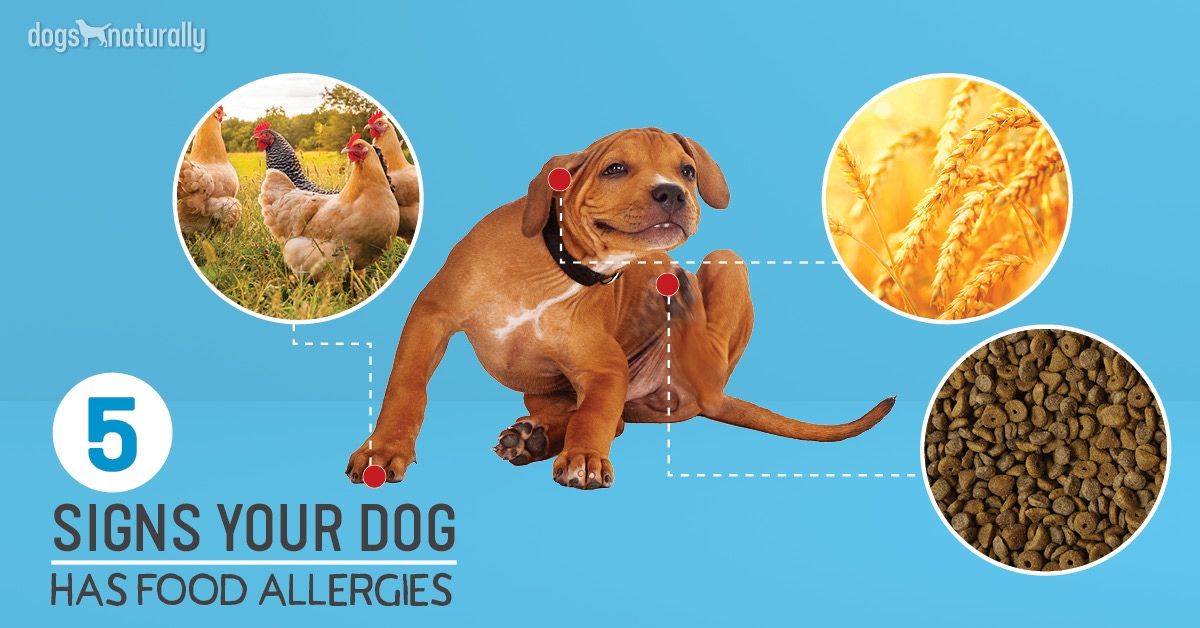
5 Signs Your Dog Has Food Allergies Dogs Naturally
Repeated infections in your dogs ear or paws may be a sign of a food sensitivity not a food allergy.
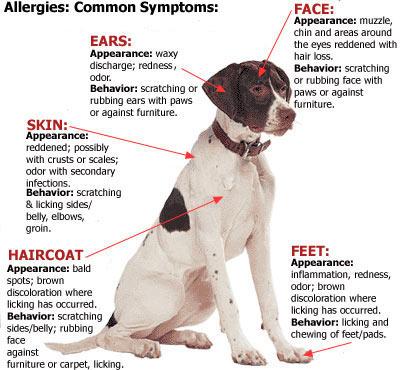
Signs of dog allergic to food. A food intolerance is different from an allergy in that the symptoms are not caused by an immune reaction. What are the common signs of a food allergy. Common signs of food allergy in pets are listed below.
If your dog has a food allergy or sensitivity that could benefit from a hypoallergenic dog food it will typically show up with the following symptoms. Treating Food Allergies in Dogs. Dog food allergy signs can be a huge help in determining whether or not your dog has an allergy.
1 Licking or Chewing Paws This is the most common sign of allergies in dogs. Dogs with food sensitivities can present with several symptoms including gastrointestinal signs such as vomiting and diarrhea or dermatologic. He or she will do allergy tests to determine if your dog has an.
The first thing to do if your dog has food allergies is to start with an elimination diet or a food sensitivity diet to determine which ingredients is causing adverse reactions. Food allergy indicators can be a challenge to diagnose though because the signs often mimic those of other illnesses. Theres a difference between a food allergy and food.
Excessive Itching First theres excessive itching. You need to aware of it positively. Well go over how to find out for sure further down the list.
Chronic ear or paw infections. In my experience many dog owners feel their dogs have food allergies. Dog food allergies can cause chronic symptoms that every dogs owners should be aware of it.
If you suspect your pet may have a food allergy talk to your vet. They may vomit or have diarrhea be seriously gassy or have a poor appetite. The symptoms of a food allergy in dogs may seem to appear out of nowhere.
The signs and symptoms of food allergies in dogs can vary widely from dog to dog but most often can be identified first by non-seasonal itching. Anything from chronic ear inflammation gastrointestinal problems and chronic diarrhea to chronic gas licking their feet or an itchy rear end. This itching is often focused on the dogs ears and feet however this does not necessarily indicate a food allergy and can still be triggered by another allergy or health condition.
Most dog foods contain a combination of proteinsusually meatsand carbohydrates which are often in the forms of grains such as barley corn rice and oats. Symptoms of food allergies can appear any time throughout the dogs life in puppies of 6 months and up to senior dogs of 12 years old 7. Dog Food Allergies and Diet.
Behavioral Signs that Indicates Dog Food Allergies. Yes there are also many behavioral symptoms that also signify your dog got allergic to some food. Including licking scratching biting and rubbing of the skin of.
If your dog is itching a lot and doesnt have fleas or other parasites your dog may. The most common signs of a dog food allergy are the same as youd expect from humans with food allergies. Scooting can also often be a sign of a food allergy in dogs.
However these symptoms dont rule out the possibility that your dog is allergic to something besides food. However it may be important to differentiate true food allergies from food sensitivities. Skin problems and breathing problems can also indicate a dog food allergy as can an ear infection.
Your dog is playing in the yard. Allergic reactions to fleas typically occur from contact with the anti-coagulant that the flea injects into the bite or to other animals bitten by the flea in the past.
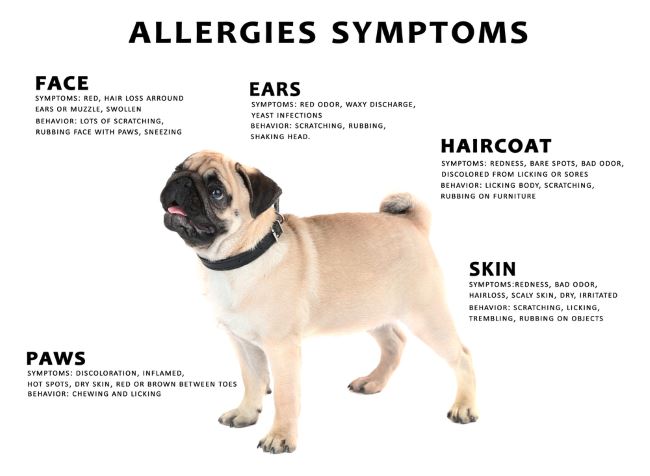
Dog Allergies How To Know If Your Dog Has An Allergy
Many pets are allergic to over-the-counter flea drops so its important to know the signs of an allergic reaction or intolerance to flea and tick medications.
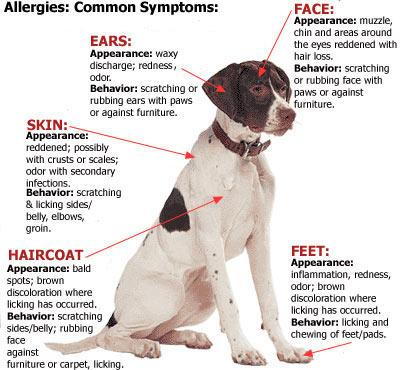
Signs of allergic reaction in pets. Just like people cats and dogs can experience allergic reactions to certain irritants. Pets with allergies are often observed biting licking or scratching at these sites resulting in inflamed skin and hair loss. Mild symptoms tend to appear within a.
The fifth and most common sign of an allergic reaction in your pet is swelling of the face feet or joints. Learn more about what symptoms triggers and treatment for pet allergies. These reactions are what is causing them to feel under the weather or.
Vaccine Allergic Reactions in Dogs and Cats - Veterinary Partner - VIN. Signs of an allergic reaction to fleas may be a more severe bite a red rash at the site or in severe cases hives and swelling. The exact cause of a pet allergy can be difficult to determine as speculations abound.
They may be signs of seasonal allergies and could be very benign but its important for your vet to check for the cause of your dogs allergic reaction. Vaccination reactions severe enough to produce shock are extremely rare and are a function of an individual pets immune response. Food allergy is the most common type of allergic reaction amongst dogs.
Chest tightness wheezing or trouble breathing. Pet allergies can lead to runny nose sneezing and wheezing. One of the most common dog allergic reactions is a swollen face.
Not all the feet of the pet may swell as it can occur in one foot and even in a toe making it difficult for one notice any change. It can take anywhere from a 24 hours to 72 hours for all symptoms to manifest. He yelps and within a minutes time his muzzle is swollen.
This makes affected dogs extremely itchy especially at the base of the tail and their skin may. The most likely cause is a wasp or bee sting if the swelling happens just after playing outside. Understanding common animal allergens and identifying the signs of a reaction in your pet are the beginning steps to getting them the veterinary care they need.
Pet allergies are a common cause for complaint induced by your bodys reaction to pet urine saliva or dander. Pets feet do not swell up too often therefore it may be a cause of concern that requires urgent attention. These symptoms can be highly restricting limiting your ability to have pets and your ability to visit homes with pets.
Some dogs are allergic to flea saliva. Sneezing watery eyes sinus congestion and general irritation all are signs of an allergic reaction to pets. Runny Eyes Runny eyes need to be checked out by a vet even if you think theyre just an allergic reaction in dogs.
An allergic reaction is an aberrant response to the vaccination or rather an over-reaction to the vaccine. Dogs and cats suffering from severe allergies might traumatize their skin resulting in open sores and infection. If youre allergic to your pet you may notice symptoms right away or they might not crop up for a few days.
Signs can be vomiting andor diarrhea within the first few hours after administration of the vaccine. Immunization represents stimulation of the immune system an inherently inflammatory process. Flea allergy dermatitis is an allergic reaction to fleabites.
If your fur baby has a food allergy their immune system reacts to it and produces antibodies and then causes an overreaction.
Intolerance is different from an allergy. Milk allergy symptoms are similar to symptoms of a lactose intolerance but these conditions arent the same.
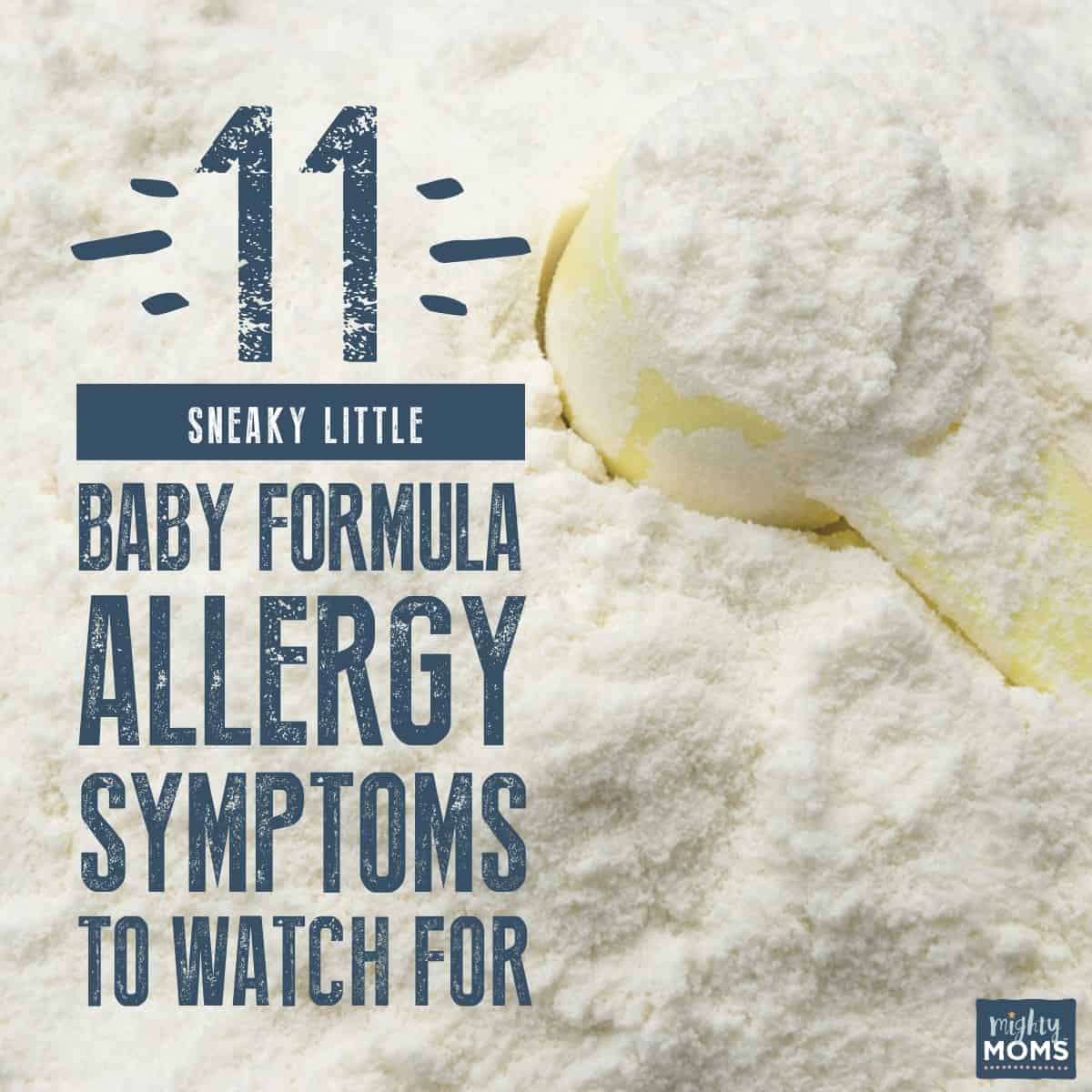
11 Sneaky Baby Formula Allergy Symptoms To Watch For
You may want to try smaller and more frequent feedings andor applying gentle pressure on babys belly to help release some of the trapped gas.
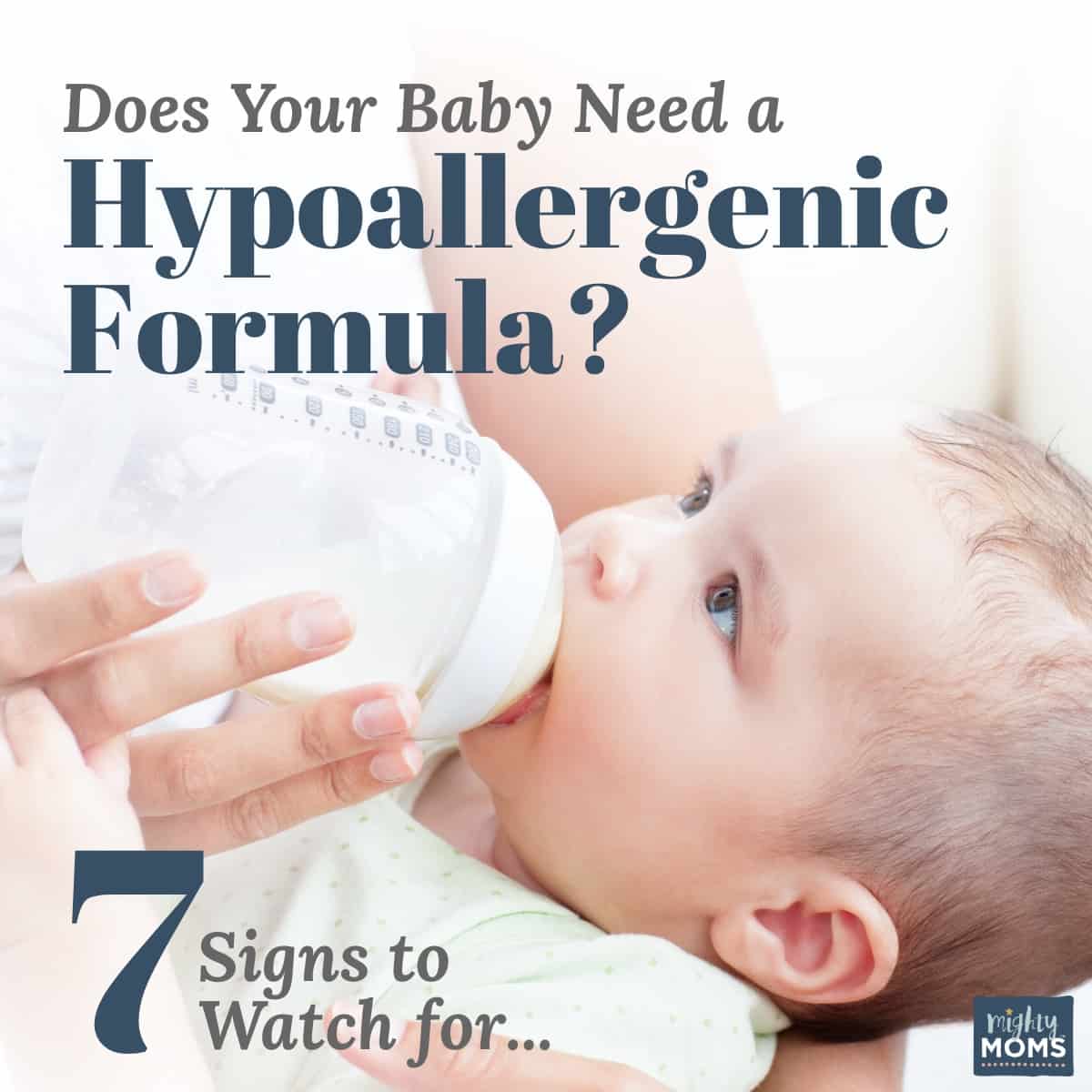
Signs of sensitivity to baby formula. Here are some signs and symptoms you should keep a check on 4 6. If you think your baby is having difficulty digesting lactose the first thing you want to do is speak with your pediatrician before making any changes. Failure to thrive means your baby does not gain weight or grow as fast as he or she should.
Symptoms of Lactose Sensitivity in Infants. For many babies and adults the A1 protein in many cows milk causes disruptive issues with digestion that appear similar to lactose intolerance. Blood or mucus in the stool.
Try to stick with the same formula for at least six to eight weeks even if your baby is crying gassy or spitting up. Switching formulas may help your babys issues. Another common symptom of formula milk allergy is the presence of raised welts or hives on the skin.
Some babies may have a mild sensitivity and it may be just a matter of managing the amount of lactose ingested. Its not surprising that some of the most common allergic reactions to formula are gastrointestinal symptoms including. Itchy red bumps or skin rashes hives.
A milk protein intolerance is different than lactose intolerance which is extremely rare in infants. He or she may be sensitive to an ingredient in the formula. Holle A2 formula for babies that may show signs of lactose intolerance but arent actually lactose intolerant.
Skin reactions such as a red itchy rash or swelling of the lips face and around the eyes digestive problems such as stomach ache vomiting colic diarrhoea or constipation hay fever-like symptoms such as a runny or blocked nose. Intolerance means it causes irritation in your babys digestive system. In infants the rashes generally appear on the face arms scalp and legs.
Skin rash is probably the most common sign and symptom which is associated with formula intolerance. Crying incessantly as with colic may suggest your baby is feeling gassy or has abdominal pain. The rashes might be itchy secrete fluids or resemble crusty scales.
Signs of an allergy to milk or soy in formula. If babies have more severe or persistent issues it could signal an underlying cause like milk protein allergy. Before you stop breastfeeding or switch formulas check with your health care provider about other possible explanations for her symptoms.
An allergy means your babys immune system reacts to a protein in the formula and can be life-threatening. Symptoms of this intolerance tend to develop within the first week of exposure. The rashes can be scaly and itchy and is known as atopic dermatitis in medical parlance.
What are the signs of formula. Below are 11 ways to tell if your baby is allergic to formula split into two categories of mild and severe cases. If you have a fussy baby or your baby suffers from diarrhea or frequent spitting up you may suspect lactose intolerance.
The degree of lactose sensitivity can differ from baby to baby. Intolerance is not life-threatening but it may lead to dehydration or failure to thrive. The symptoms to lactose sensitivity may appear within a couple of hours or so after feeding your baby.
Your baby may also experience a rash eczema abdominal pain or vomiting. These arent necessarily signs of formula problems -- theyre just normal. Try switching to this formula before making the switch to a different mammal completely.
This condition affects formula-fed. Signs And Symptoms Of Formula Allergy In Babies Formula allergy can be IgE or non-IgE mediated wherein the signs and symptoms could appear immediately or hours and even days after ingesting the formula. A milk allergy is a type of food allergy that occurs when the immune system overreacts.
Cows milk allergy can cause a wide range of symptoms including. Babies who are allergic to infant formula may get fussy during or after their feedings and cry squirm or show other signs of digestive discomfort. 5 Symptoms of a Mild Formula Allergy Dry itchy flaky patches of skin rash from formula eczema Hives red blotchy spots.
Formula allergies can also lead to formation of hives on skin. Babies allergic to formula tend to have rashes on their face too.
When a baby is lactose intolerant his digestive system is unable to produce the enzyme called lactase which is responsible for digesting milk. Check out results for your search.

Signs Of Toddler Milk Protein Allergy Or Lactose Intolerance Milk Allergy Toddler Toddler Allergies Lactose Intolerant
Loose stools and gas especially when your child.
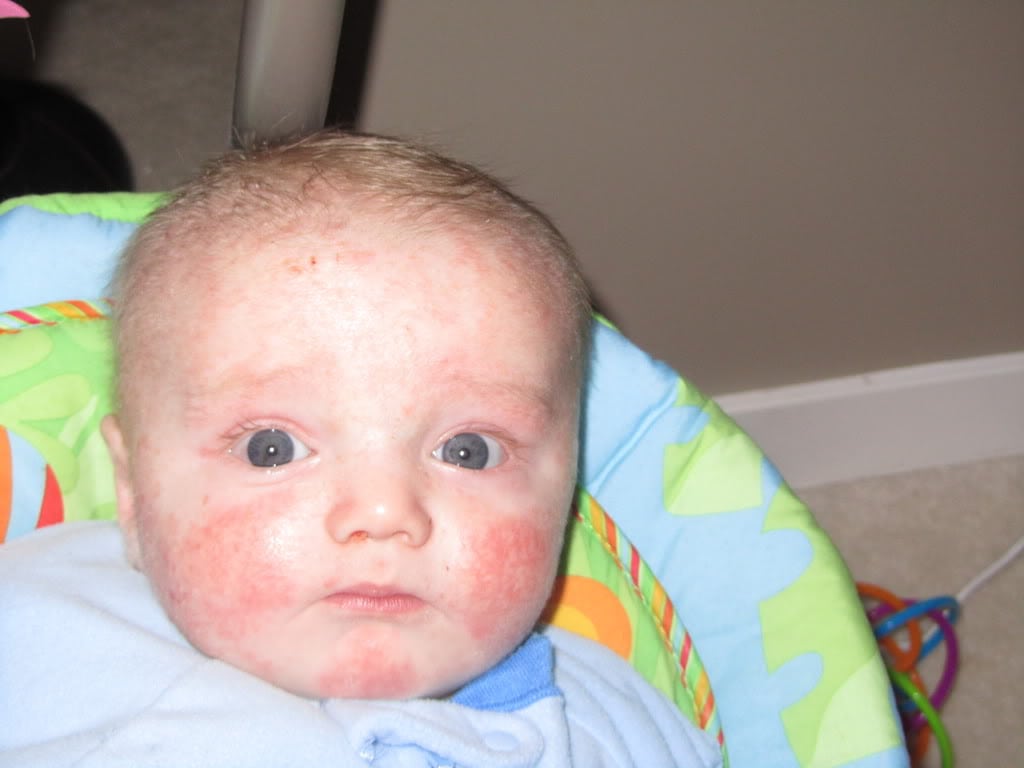
Signs of lactose intolerance in infants. Classic symptoms include diarrhea poor appetite belly distension and pain and weight loss. Symptoms of lactose intolerance include. Common signs and symptoms include.
Loose and watery bowel movement is a definite sign. 6 Key Symptoms of Lactose Intolerance Once you begin feeding your child cows milk and other dairy products keep an eye out for these six common signs of lactose intolerance. This form of lactose intolerance goes away with treatment of the underlying celiac disease.
If there is too much lactose in the gut for the enzyme to digest symptoms of wind gas tummy ache and copious frothy green or watery stools may be seen. Diarrhea is a pretty common symptom. Lactose intolerance can occur among infants and young children with acute diarrheal disease although the clinical significance of this is limited except in more severely affected children.
Since the lactose intolerance can cause vomiting and diarrhea this can sometimes contribute to poor weight gain in a baby. Diarrhoea can be a symptom of lactose intolerance in babies. Diarrhea check out our guide to lactose intolerant baby poop.
So if you have noticed either of these symptoms in your baby it may be a sign that they are lactose intolerant. Heshe will not stop crying for a long time. This causes intestinal inflammation and can lead to lactose intolerance when your child starts eating foods that contain gluten around 6 months of age.
Lactose intolerance can also sometimes lead to rashes on the skin or frequent colds. Lactose intolerance can be temporary for example it can come on for a few days or weeks after a tummy bug. There are many symptoms of lactose intolerance in your baby.
This is much more common than true lactose intolerance. Lactose intolerance occurs when the lining of the intestine bowel and gut has been damaged. Abdominal pain diarrhea nausea flatulence andor bloating after the ingestion of lac-.
The rest of this article discusses causes symptoms and remedies for this type of temporary lactose intolerance in babies. Abdominal Pain and Cramps. The signs and symptoms of lactose intolerance usually begin from 30 minutes to two hours after eating or drinking foods that contain lactose.
Check out results for your search. But typically symptoms of a lactose intolerance in babies include. Lactose intolerance is a clinical syndrome of 1 or more of the following.
Symptoms of lactose intolerance are relatively common among older children and adolescents. What Is Lactose Intolerance. Lactose intolerance is the inability to digest the lactose sugars found in milk.
Treatment depends on the extent of your childs intolerance. Reddish spots under the anus from 30 minutes after consuming dairy products. If your child is intolerant the more lactose he or she consumes the more symptoms he or she will experience.
However associated intestinal injury is infrequently seen. According to an article from the American Academy of Pediatrics published in the journal Pediatrics symptoms of lactose intolerance include abdominal pain diarrhea nausea gassiness or. Apart from that your baby will show signs of uneasiness and restlessness.
Skin Rashes or Recurring Colds. Treatment for lactose intolerance. If a mother is lactose intolerant is it safe for her to breastfeed her baby.
What causes lactose intolerance. Watery stools which are yellow or green. Stomach rumbling and pains.
This type of intolerance results in severe diarrhea and if not fed a lactose-free infant formula those babies could develop severe dehydration and weight loss. Lactose intolerance in infants is rare and usually doesnt appear before the age of two until after weaning. Pain in the stomach.
Then there will be. Signs and Symptoms of Lactose Intolerance in Infants Some of the signs and symptoms of lactose intolerance in infants are. Here are some symptoms you should watch out for especially after your child eats dairy products.
-
Do you have bruises or blood spots under the skin. Optimal treatment for this redness includes careful sun protection and skincare. 10 Typ...
-
Try to refrain from scratching or rubbing the affected area. The medical term for hives is urticaria and it describes a condition that produ...
-
While typically mild in children fifth disease. Occasionally red bumps on your legs are the sign of a more serious condition. Red Spots On...
cattle teeth
Cows 101: Do Cows Have Teeth? (Video) Clover. . Cows have three types of teeth: incisors, premolars and molars. Cows can’t bite becaus...

